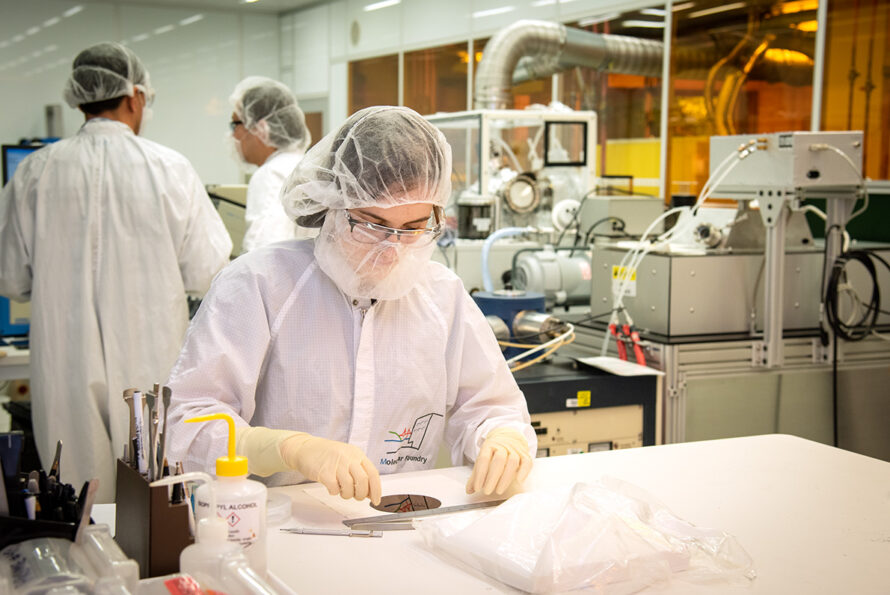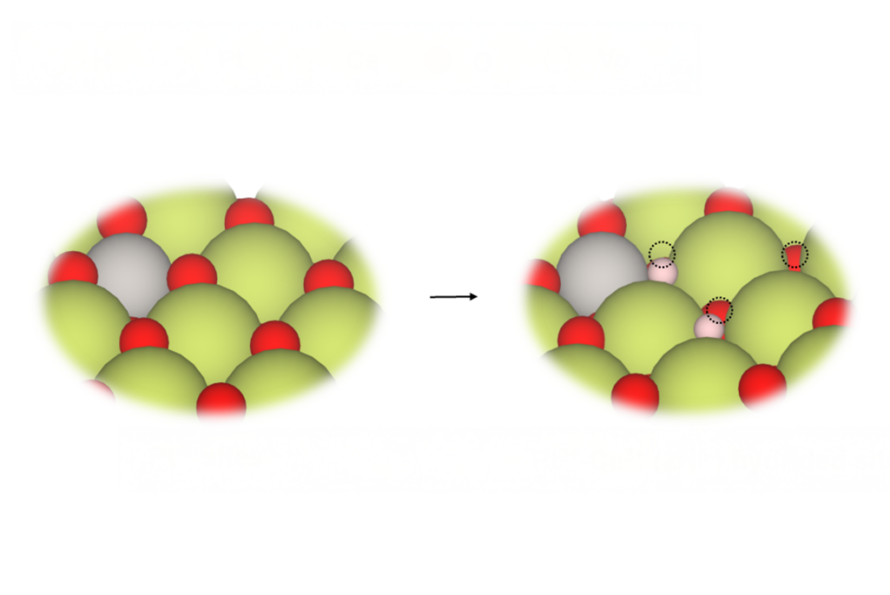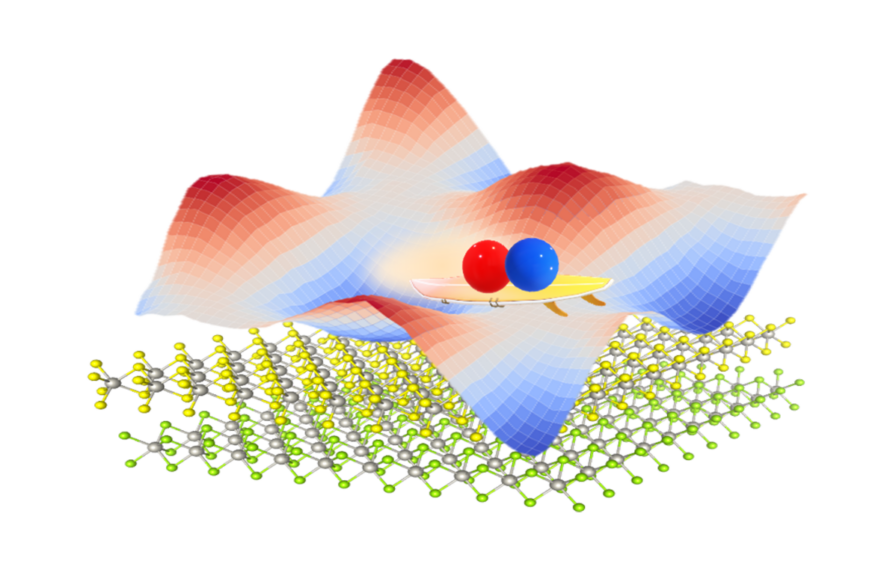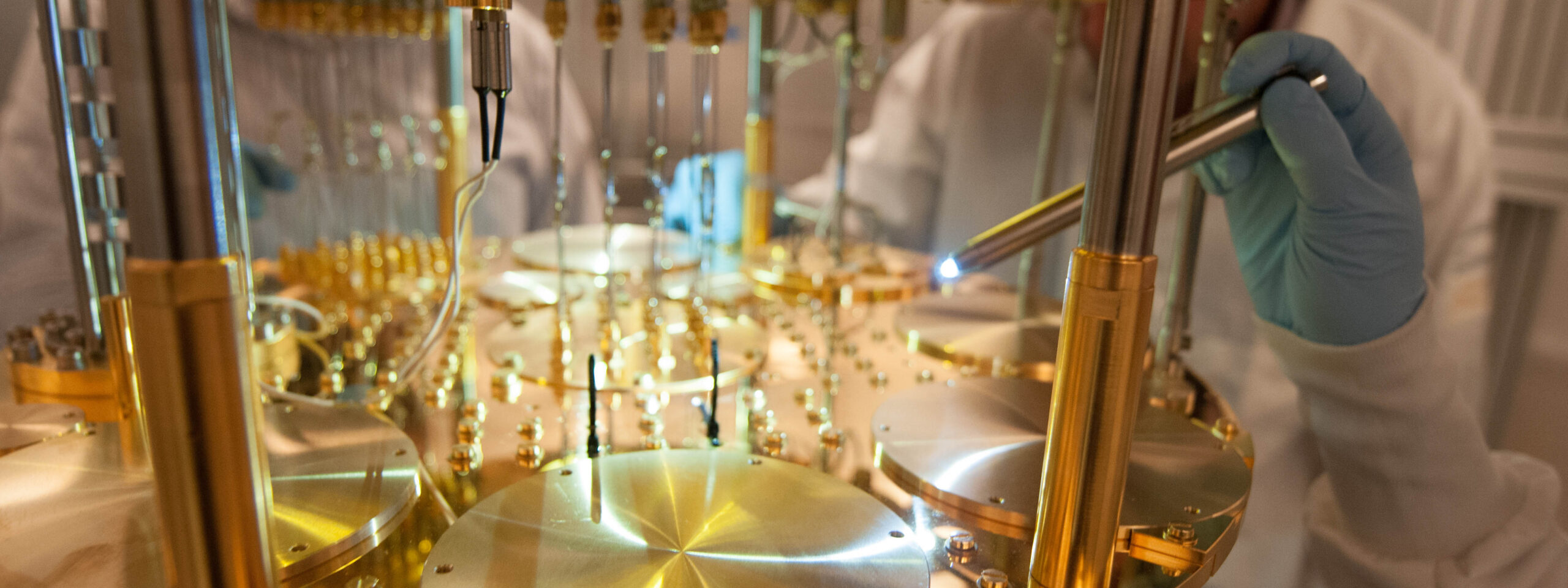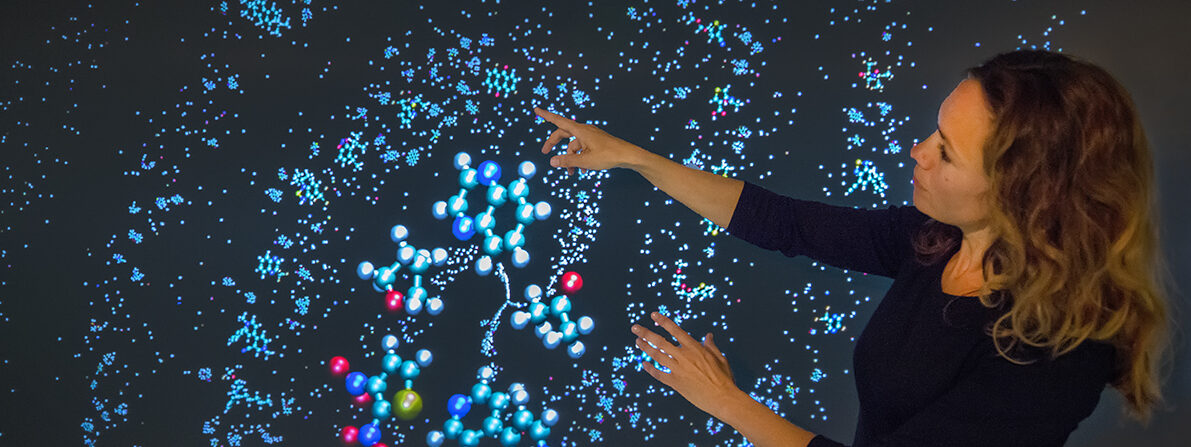We’re developing new understandings and approaches that accelerate the discovery of new materials and chemical processes – including time-resolved measurements, machine learning, artificial intelligence, automated lab systems, and electron microscopy – in search of a clean, affordable, and resilient energy future.
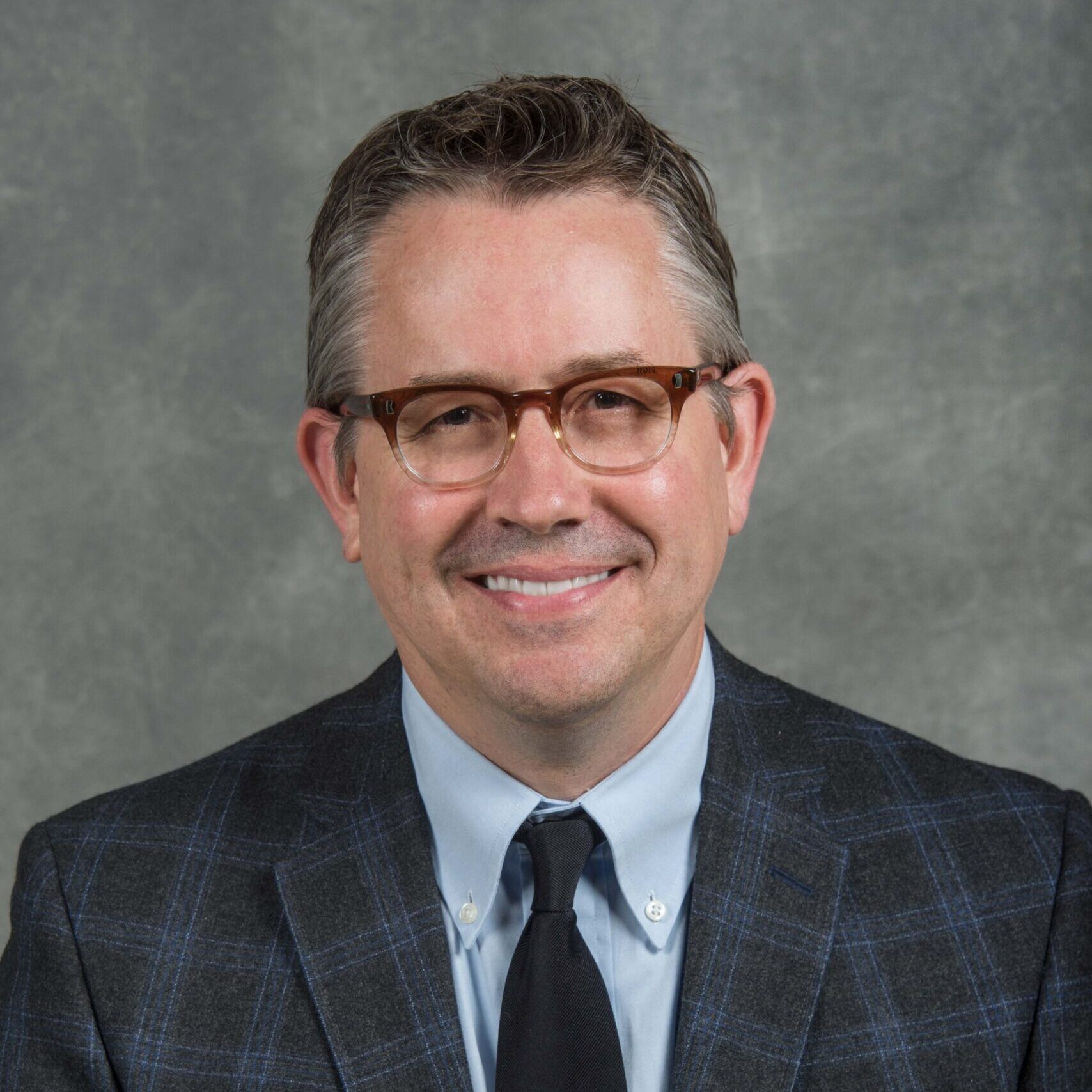
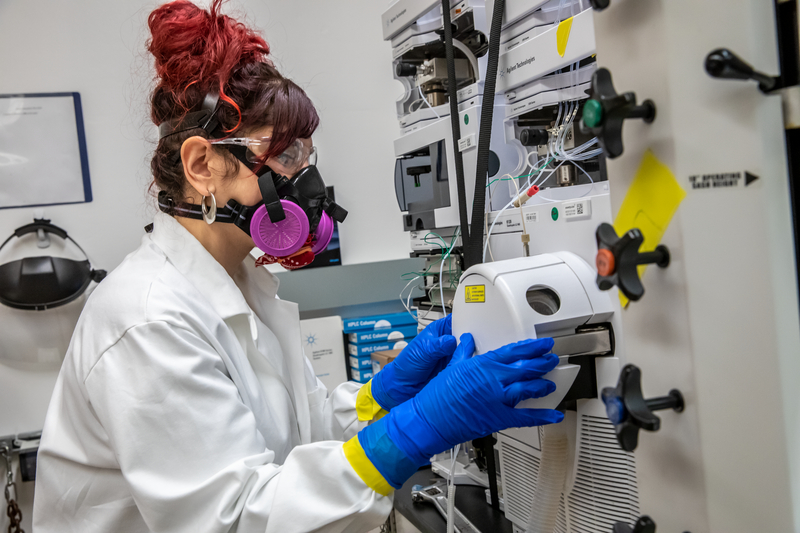
Berkeley Lab researchers are broadening our understanding of heavy element chemistry to advance new technologies for health, energy, medical countermeasures, environmental cleanup, and hazardous waste reduction.

Supports the Berkeley Lab Catalysis Program’s pursuit of fundamental knowledge about the synthesis, reactions, and mechanisms of catalysts and catalytic reactions.

Accelerating innovation in materials research for batteries, solar cells, and computer chips.

Advancing new systems to efficiently generate liquid fuels from sunlight, water, CO2, and nitrogen.

Accelerating advanced water-splitting technologies for clean, sustainable hydrogen production.

Developing new approaches to quantum information science and technology.
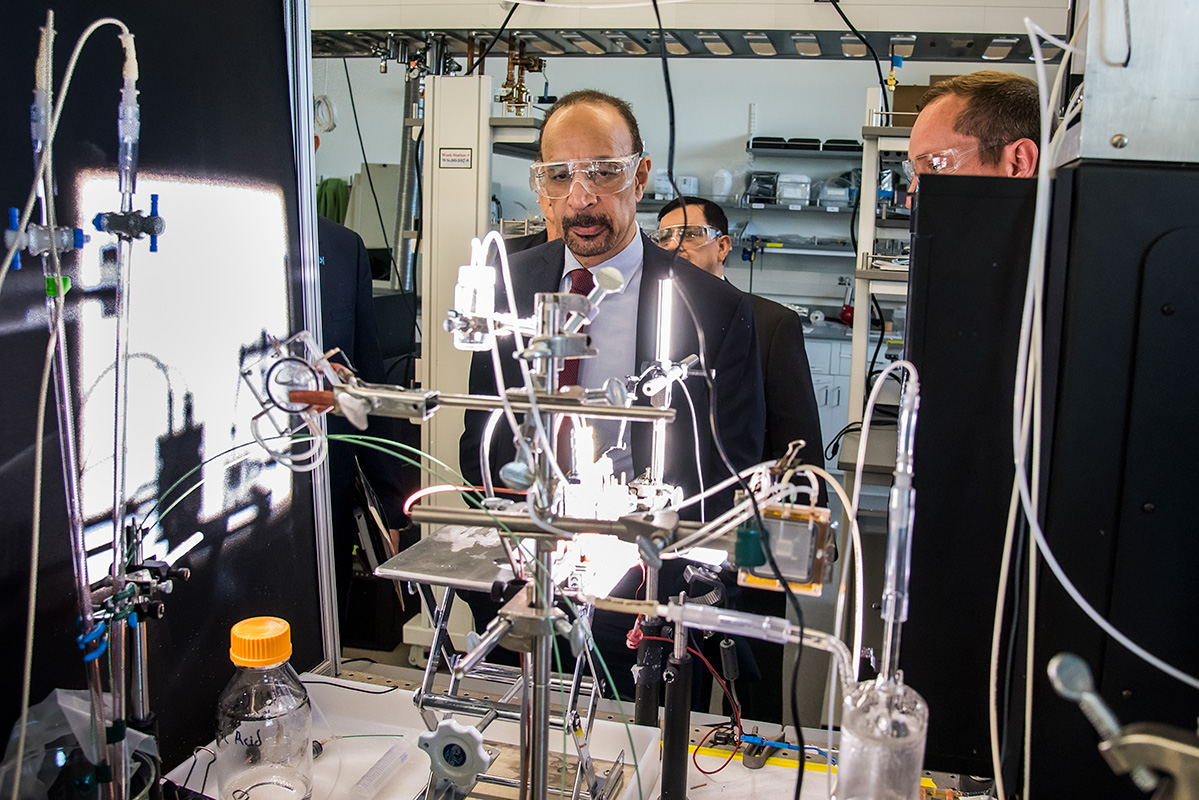
Developing next-gen batteries from the bottom up — atom by atom and molecule by molecule.
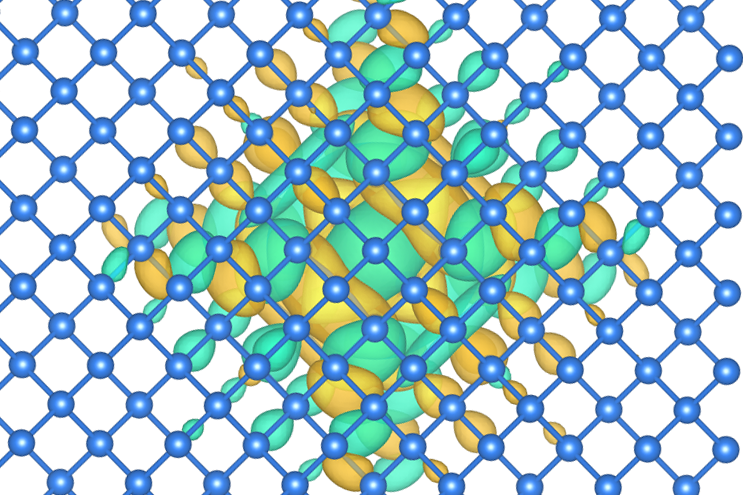
Developing theories, methods, and general software to elucidate and predict excited-state phenomena in energy-related materials.

Developing a data-driven approach to synthesis science by combining text mining and machine learning.

Developing fundamental new mathematics required to capitalize on experimental investigations at scientific facilities.
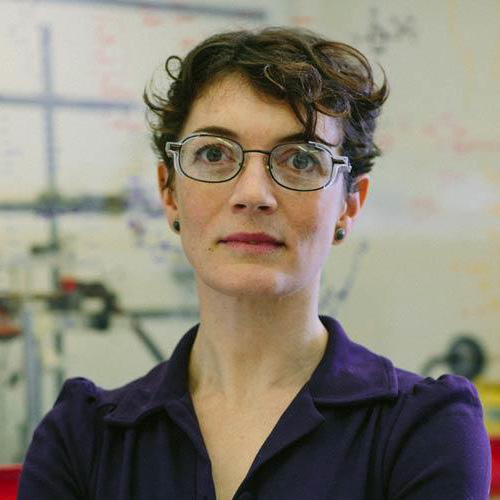
Polly Arnold is the director of Berkeley Lab's Chemical Sciences Division and a faculty professor in UC Berkeley's Chemistry department. Her research is focused on exploratory synthetic chemistry of heavy elements, the f-block of the periodic table, and the development of homogeneous catalysis using the earth-abundant rare earths.

Ting Xu is a faculty senior scientist and professor of chemistry and materials science and engineering at UC Berkeley. Her lab is designing, characterizing, and understanding complex systems of synthetic polymers, nanoparticles, and biomolecules to develop new functional materials that exhibit novel electronic, photonic, and biological properties.
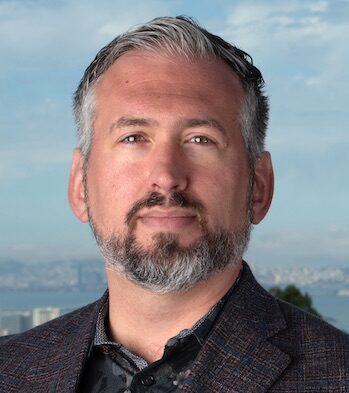
Brett Helms is a staff scientist in the Molecular Foundry's Organic and Macromolecular Synthesis facility. His research focuses on designing and applying organic and polymeric materials to solve problems in energy and sustainability, including next-generation batteries, membrane separations, and more recyclable polymers for the circular economy.

Berkeley Lab scientists have developed an efficient technique to create customized high-entropy alloys – exceptionally strong, resilient metals with wide-ranging potential. This advance could speed their use in aerospace, geothermal and nuclear energy, and next-generation catalysts, bringing futuristic materials closer to real-world applications.
Berkeley Lab researcher Natalia Molchanova is working on advancing low-cost biotech solutions through synthetic protein molecules called peptoids at the Molecular Foundry.
The Molecular Foundry is a state-of-the-art user facility that provides expertise, methods, and instrumentation for scientists to study materials at the nanoscale. In this episode, Director Ashfia Huq shares with us the Foundry’s mission, its capabilities, and some of the groundbreaking research that has been conducted there. From developing new tools and techniques to pushing the boundaries of what we can see at the atomic level, the Molecular Foundry is at the forefront of nanoscience research.
